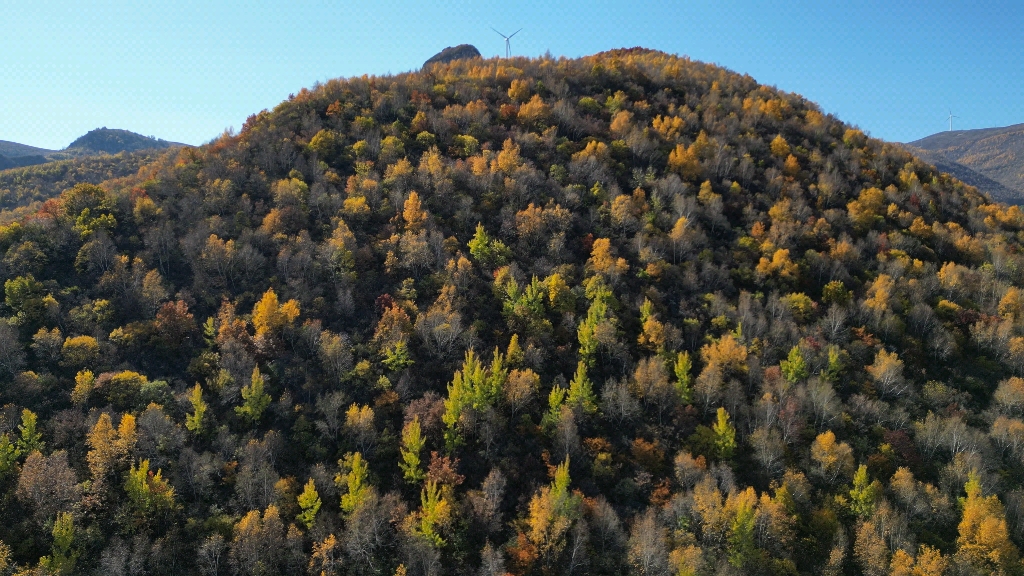

— Blogs —
—Products—
 Consumer hotline +8618073152920
Consumer hotline +8618073152920 WhatsApp:+8615367865107
Address:Room 102, District D, Houhu Industrial Park, Yuelu District, Changsha City, Hunan Province, China
Product knowledge
Time:2024-05-05 20:14:58 Popularity:415
1. Temperature: With temperature sensors, weather stations can monitor air temperature in the forest in real time, as well as changes in canopy and surface temperature. These data are essential for understanding temperature changes in forest ecosystems, biological activity, and fire risk level assessment.
2. Humidity: Humidity sensors are used to measure air humidity and soil moisture in forests. Changes in humidity are important for assessing the moisture status of the forest, plant growth, and ecological processes.
3. Precipitation: With precipitation recorders or rain gauges, weather stations can accurately measure and record the amount of precipitation in the forest, including rainfall, snowfall, and other forms of precipitation. These data are important for assessing water use, the hydrological cycle, and predicting flooding.
4. Wind speed and direction: Anemometers and anemometers are used to measure and record wind speed and direction in forests. These data are important for understanding the effects of wind on forests, the growth and distribution of trees, and for predicting and preventing wind damage.
5. Radiation: Radiometers measure solar and terrestrial radiation in forests. These data are important for assessing solar resources, understanding the radiation balance of forest ecosystems, and predicting climate change.
6. Atmospheric pressure: Barometers are used to measure atmospheric pressure in forests. Changes in barometric pressure can affect weather conditions and have an impact on forest ecosystems and human activities.
In addition to the above major meteorological elements, depending on specific needs, forest weather stations may also monitor other additional meteorological parameters, such as soil temperature, soil acidity and alkalinity, carbon dioxide concentration, etc., in order to provide more comprehensive information on the forest ecosystem.

The data monitored by forest weather stations can be widely used in a number of ways, and the following are examples of specific applications:
1. Fire prevention: By monitoring and forecasting meteorological elements such as temperature, humidity, wind speed, wind direction, precipitation, etc. in the forest, as well as fire risk information such as fire danger level and fire danger index, it provides scientific basis and early warning service for forest fire prevention. When a fire occurs, these data can also guide the staff to carry out rapid and reasonable fire-fighting work to minimise property losses.
2. Ecological protection: through collecting and analysing data on the response and impact of forests on climate change, it provides scientific basis and technical support for forest ecological protection and management. For example, studying the sensitivity and adaptation of forest vegetation to climate change, assessing the health of forest ecosystems, and monitoring and evaluating the effectiveness of ecological restoration projects.
3. Forest growth and development: Parameters such as temperature and humidity have a significant impact on the growth and development of forest plants. Observation data from forest meteorological stations can be used to study forest growth, seasonal changes and adaptation mechanisms, and provide optimised solutions and technical guidance for forest management and afforestation.
4. Forest water cycle: Precipitation and humidity are important components of the forest water cycle. Data from forest meteorological stations can help to understand the allocation and utilisation of forest water resources, as well as assess hydrological processes and the hydrological cycle. This is important for water resource management and water ecology protection.
5. Forest fire risk assessment: Meteorological factors such as high temperatures, dryness and strong winds have a significant impact on the occurrence and spread of forest fires. By monitoring these factors, forest weather stations can provide fire danger level assessment and early warning, which can help in fire prevention and control work.
6. Scientific research: Data from forest weather stations can provide important support for scientific research. For example, research on the response of forest ecosystems to climate change, assessment of the carbon sink capacity of forests, and research on biodiversity and ecosystem functions.
In addition, data from forest meteorological stations have important application value in the fields of forest protection, ecological research, resource management and climate change research. Weather stations can also be applied to many fields such as forestry, agriculture, environmental protection, tourism, etc., providing a scientific basis for decision-making and planning in related industries. In short, the data monitored by forest meteorological stations are of great significance for the protection of forest ecosystems and the promotion of sustainable forest development.
Prev:Weather stations for urban planning
Next:Role of weather station in the application of plant protection UAV
Related recommendations
Sensors & Weather Stations Catalog
Agriculture Sensors and Weather Stations Catalog-NiuBoL.pdf
Weather Stations Catalog-NiuBoL.pdf
Related products
 Combined air temperature and relative humidity sensor
Combined air temperature and relative humidity sensor Soil Moisture Temperature sensor for irrigation
Soil Moisture Temperature sensor for irrigation Soil pH sensor RS485 soil Testing instrument soil ph meter for agriculture
Soil pH sensor RS485 soil Testing instrument soil ph meter for agriculture Wind Speed sensor Output Modbus/RS485/Analog/0-5V/4-20mA
Wind Speed sensor Output Modbus/RS485/Analog/0-5V/4-20mA Tipping bucket rain gauge for weather monitoring auto rainfall sensor RS485/Outdoor/stainless steel
Tipping bucket rain gauge for weather monitoring auto rainfall sensor RS485/Outdoor/stainless steel Pyranometer Solar Radiation Sensor 4-20mA/RS485
Pyranometer Solar Radiation Sensor 4-20mA/RS485
Screenshot, WhatsApp to identify the QR code
WhatsApp number:+8615367865107
(Click on WhatsApp to copy and add friends)